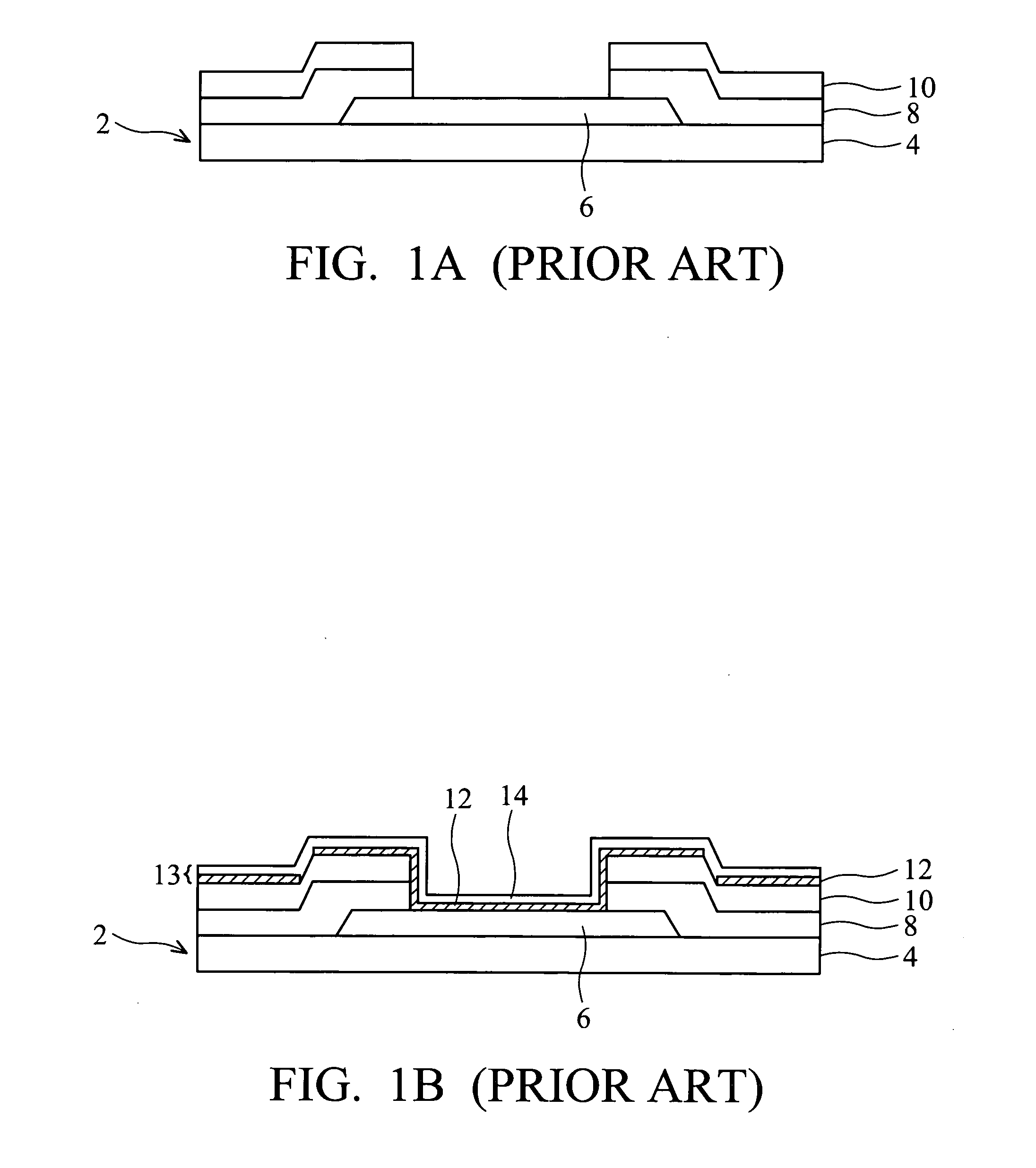Method for forming improved bump structure
a bump structure and bump technology, applied in the field of flip chip packaging technology, can solve the problems of reducing circuit resistance, affecting electrical performance, and low potential failure point, and achieve the effect of improving the bump structur
- Summary
- Abstract
- Description
- Claims
- Application Information
AI Technical Summary
Benefits of technology
Problems solved by technology
Method used
Image
Examples
Embodiment Construction
[0014] In the following description, numerous specific details are set forth to provide a thorough understanding of the present invention. However, one having an ordinary skill in the art will recognize that the invention can be practiced without these specific details. In some instances, well-known structures and processes have not been described in detail to avoid unnecessarily obscuring the present invention.
[0015] Reference will now be made in detail to the present preferred embodiments of the present invention, examples of which are illustrated in the accompanying drawings.
[0016] As shown in FIG. 2A, a cross-sectional view of a semiconductor device depicting a method of forming a solder bump structure according to one embodiment of the present invention is provided. A semiconductor wafer 2 is provided having a base semiconductor substrate 4 with metal interconnect layers (not shown) overlying substrate 4 and a first passivation layer 29, which may be one or more layers, that ...
PUM
 Login to View More
Login to View More Abstract
Description
Claims
Application Information
 Login to View More
Login to View More - R&D
- Intellectual Property
- Life Sciences
- Materials
- Tech Scout
- Unparalleled Data Quality
- Higher Quality Content
- 60% Fewer Hallucinations
Browse by: Latest US Patents, China's latest patents, Technical Efficacy Thesaurus, Application Domain, Technology Topic, Popular Technical Reports.
© 2025 PatSnap. All rights reserved.Legal|Privacy policy|Modern Slavery Act Transparency Statement|Sitemap|About US| Contact US: help@patsnap.com



